PRODUCT CATEGORIES
-
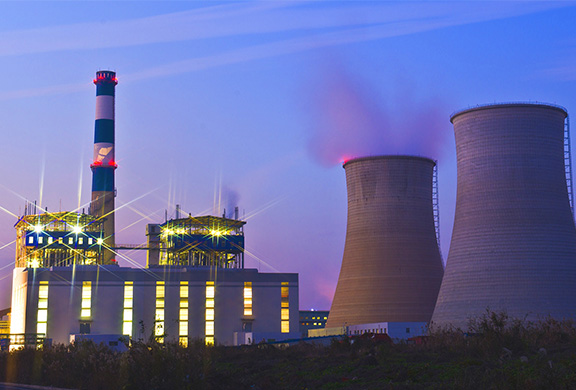 power plant stacks chimney
power plant stacks chimney
-
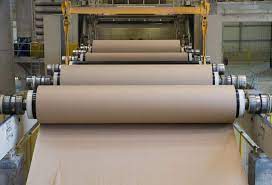 Pulp & Paper stacks chimneys
Pulp & Paper stacks chimneys
-
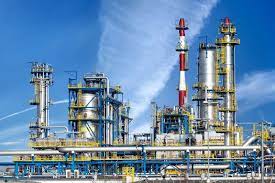 Petrochemicals stacks chimneys
Petrochemicals stacks chimneys
-
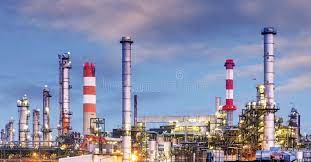 Chemicals Refinery stacks chimneys
Chemicals Refinery stacks chimneys
-
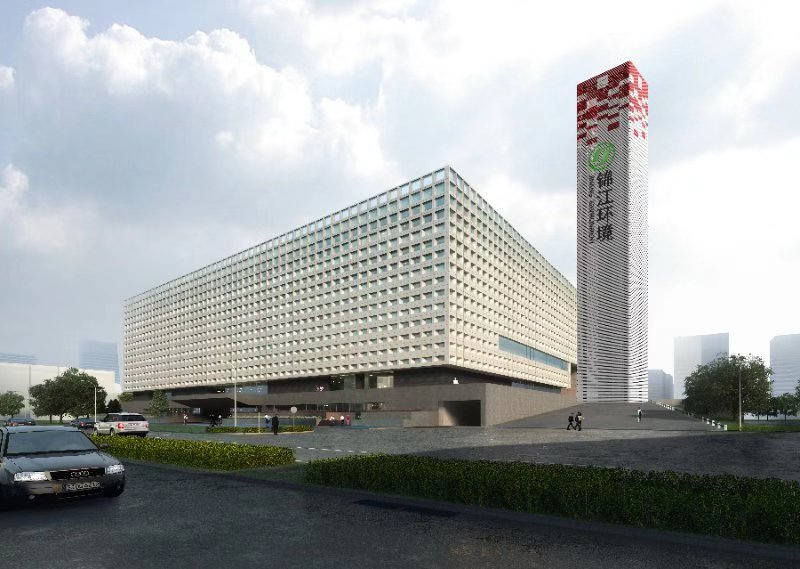 Reclining industry stacks chimneys
Reclining industry stacks chimneys
-
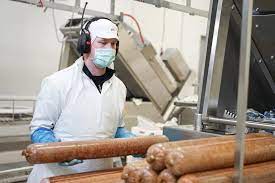 Food & Beverage stacks chimneys
Food & Beverage stacks chimneys
-
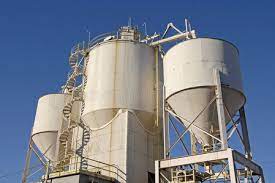 Cement & Lime stacks chimneys
Cement & Lime stacks chimneys
-
 Mining & Minerals stacks chimneys
Mining & Minerals stacks chimneys
-
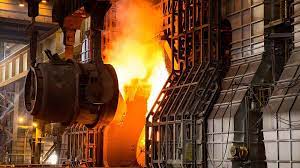 Steel & Metal stacks chimneys
Steel & Metal stacks chimneys
-
 Chimney stacks Decoration
Chimney stacks Decoration
-
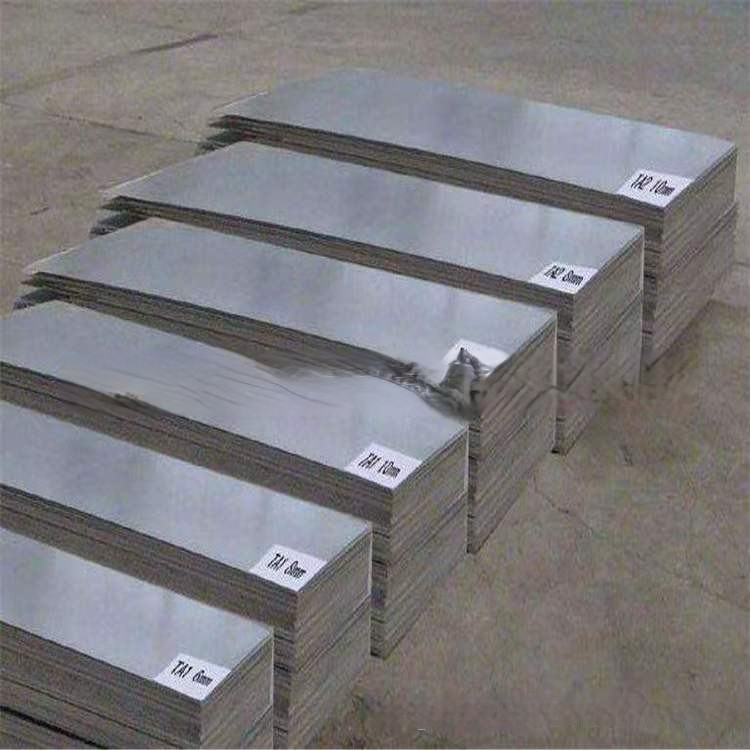 Thin Wall Titanium Clad Steel Plate
Thin Wall Titanium Clad Steel Plate
-
 Stove Fireplace Chimney
Stove Fireplace Chimney
-
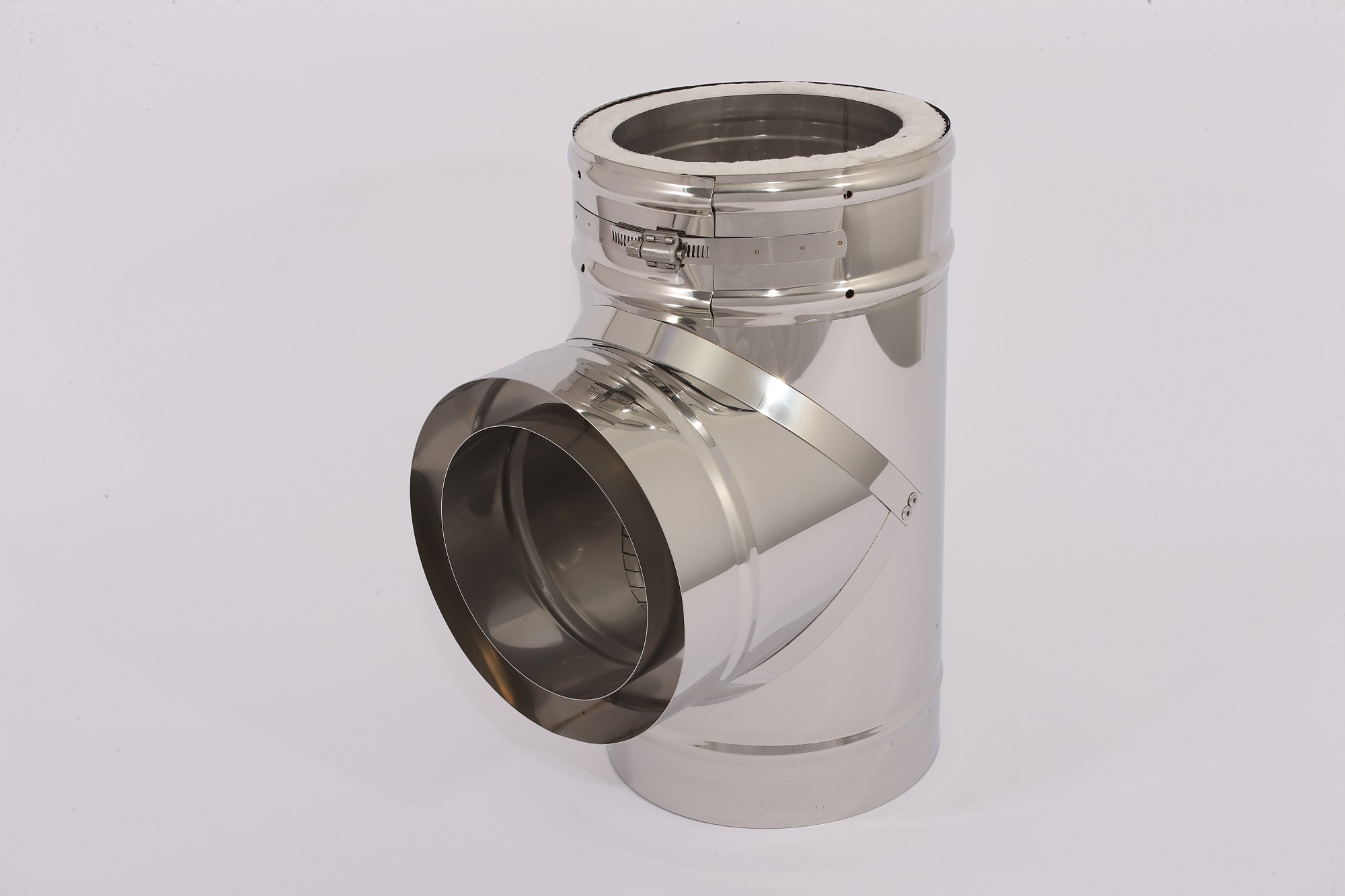 Chimney stacks accessories
Chimney stacks accessories
LATEST NEWS
CONTACT US
Tel:+86 (028)-62561606
Fax :+86 (028)-62561733
Mobile:+86 15881040688
Email: [email protected]
Whatsapp: +86 15881040688
Different between Chimney, Vents, Connectors, Flues
A chimney is a passage to carry the products of combustion outdoors. Chimneys are made to be able to vent all types of fuel: gas, oil, and solid. Chimneys may pass through the house (including the living space), be outside of the house in a chase (a surrounding to protect the chimney against weather), or be outdoors. Chimneys may be masonry or factory built. Factory built chimneys are generally stainless steel, and may be covered by a chase (for protection or decoration), or left as is.
While chimneys vent fuel, they are not considered “vents”. YB chimney had lots of sulution based on different request.
What is Vents
Vents are used to carry the product of combustion for lower temperature appliances (those using gas or oil) outdoors. Vents may pass through the house, or run outside of the house, so long as they are protected from the elements. Vents need a degree of temperature protection, otherwise their low temperature combustion products may be too cool to properly vent. This could cause a dangerous amount of flammable byproducts to collect in your vent.
The top of a vent must be exposed to the outside to allow the byproducts to be released, but such exposure will not cause problems given the rest of the vent is properly set up and protected. Sometimes a vent fan is installed to help push (or pull) low temperature byproducts from the vent.
Vents are always factory built. They are not chimneys, as they cannot handle the high temperature of wood combustion. Some vents, however, may run through a chimney, given that anything else venting through the chimney is contained in a separate flue.
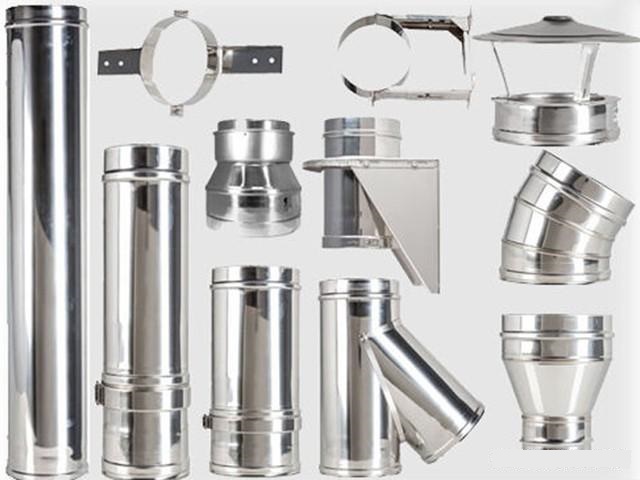
What is Connectors
Connectors are also known as “stovepipes” or “smokepipes”. They pass from an appliance to a vent or chimney. There are a variety of connectors available, and the type of connector needed depends on the type of fuel that needs to be vented.
What is Flues
A flue is simply a passage for conveying exhaust gases from an appliance to the outdoors. A flue may be a duct, pipe, vent, or chimney. An unlined chimney is technically a flue, even though an unlined chimney is a fire hazard. This can cause confusion, as many view flues not just as a passage for venting, but as a safe passage for venting.
What is Chimney Liners
There’s a misconception that masonry chimneys are simply made of brick. This isn’t true. The uneven and porous surface of brick provides a space for combustion byproducts to accumulate. This is a major fire hazard. Rather, chimneys are lined, so the smoke passes over a smooth surface that helps prevent excessive accumulation of combustion byproducts and minimizes the chance of fire. Chimney liners are also called “chimney flue liners”. The terms are largely used interchangeably.
Traditionally, chimneys were lined by fireclay flue tile. This special tile is carefully laid inside chimneys to provide no ridges or spots for accumulation; the tile is finished to a smooth, nonporous surface. This classic chimney liner can be difficult to fix if tiles get damaged deep inside the chimney.
The most popular modern liner is stainless steel. These liners can be inserted in unlined or tile lined chimneys.
Links: Facebook Twitter Linkedin Industry Chimney Chengdu Yunbai Suzhou Huading Suzhou Rainbow Instgram
YB CHIMNEY 2022
